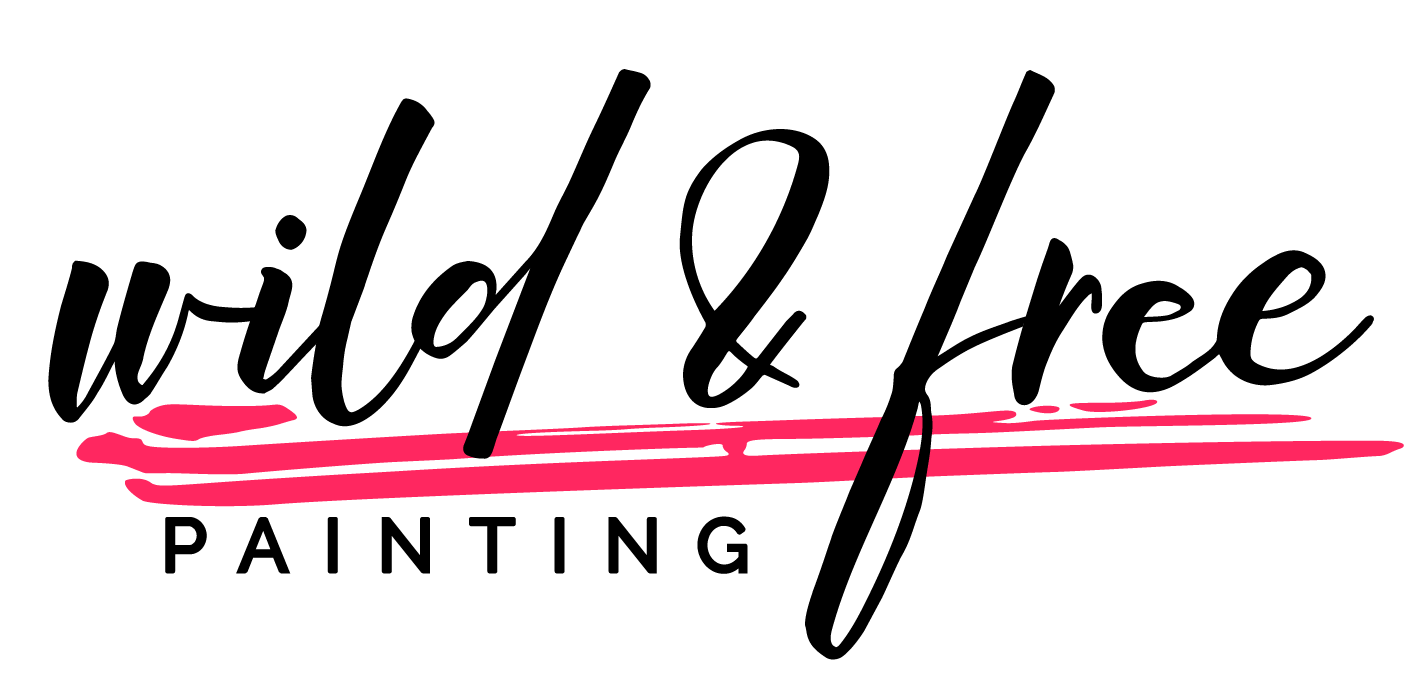How to become an Art Therapist, including education, supervised training, and credentialing:
1. Earn a Bachelor’s Degree
Major: Psychology, art, social work, or a related field is ideal.
Focus on getting a strong foundation in both studio art (drawing, painting, sculpture) and psychology or human development.
2. Complete a Master’s Degree in Art Therapy
Programs should be accredited by the Commission on Accreditation of Allied Health Education Programs (CAAHEP) or meet standards set by the American Art Therapy Association (AATA).
Typical coursework includes:
Theories of psychotherapy
Art therapy techniques
Ethics
Group therapy
Assessment
Cultural competency
Programs also include supervised practicum and internship (usually 600–1000 hours total).
3. Postgraduate Supervised Hours
After earning your master’s, you need to complete 1,000 hours of direct client contact and receive supervision by a registered art therapist.
This is required to apply for ATR (Registered Art Therapist) credential from the Art Therapy Credentials Board (ATCB).
4. Get Credentialed
ATR (Registered Art Therapist): Awarded after postgraduate supervised experience.
ATR-BC (Board-Certified Art Therapist): Requires passing a national exam after obtaining the ATR.
Some states may require separate licensure as a mental health counselor, creative arts therapist, or similar.
5. Obtain State Licensure (if required)
Licensure titles and requirements vary by state. Examples:
LCAT (Licensed Creative Arts Therapist) in New York
LPCC, LMHC, or LPC depending on your state
You may need additional supervised hours or to pass a licensing exam (like the NCE).
6. Stay Current with Continuing Education
Maintain your credentials with ongoing continuing education in both art therapy and general clinical practices.
Reach out with with questions at elissa@wildandfreepainting.com.
We’d love to hear from you!
